10 Tips To Keep Your Cat Off The Kitchen Counter
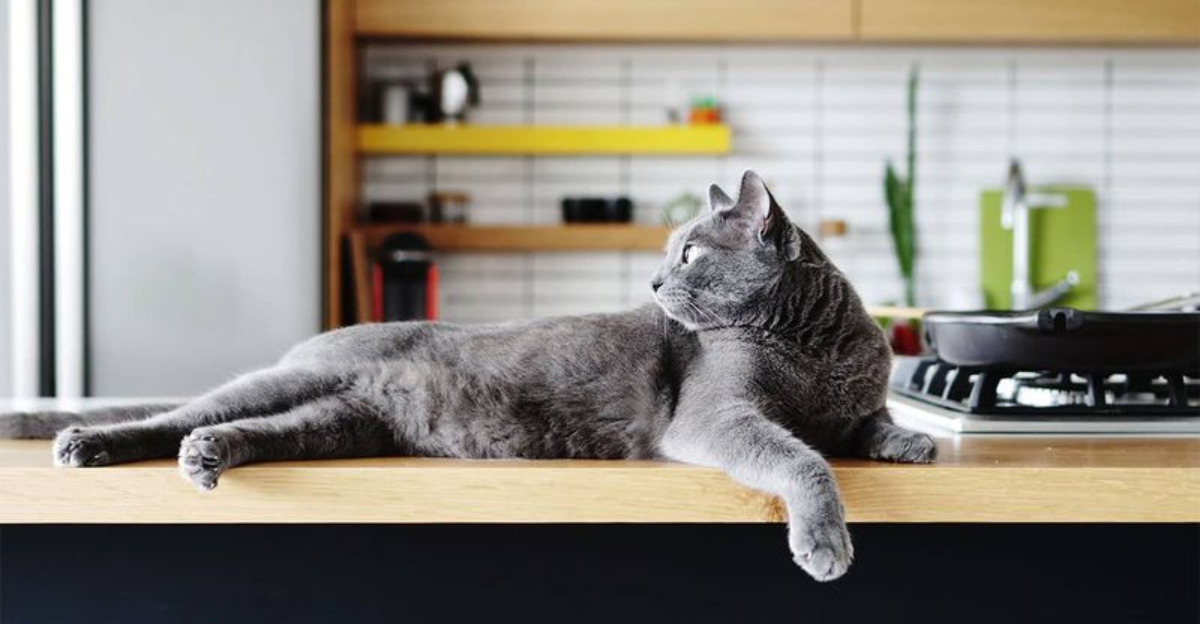
Cats are curious creatures, often drawn to the highest point in any room, which in your home, might just be the kitchen counter.
This can be problematic, not only for hygiene reasons but also because it can encourage behaviors you may not want in your furry friend.
Here are a few tips, crafted in an engaging and fun manner, to help keep your cat off the kitchen counter and ensure your space remains a cat-free zone.
1. Provide Alternative Climbing Areas
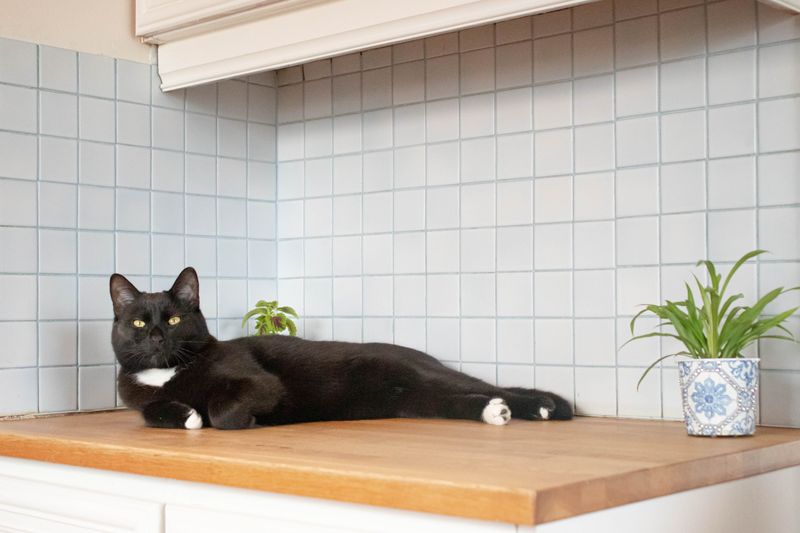
Cats love to climb, and the kitchen counter is often the perfect height for them to survey their kingdom. To deter them from this forbidden zone, provide alternative climbing areas like cat trees or shelves. Place these near windows where the sun streams in, making them more appealing than your kitchen counter.
Investing in a sturdy, multi-level cat tree can satisfy your cat’s need to climb and explore. Ensure it has various platforms and hiding spots. This setup not only keeps them entertained but also away from your kitchen. Regularly rotate toys on these structures to keep things interesting.
Choose locations for these climbing areas that allow your cat to observe household activities without being in the way. This way, they feel included but not intrusive, satisfying their curiosity and your need for a tidy kitchen. With time, your cat will prefer these new high spots over your kitchen counter.
2. Use Double-Sided Tape
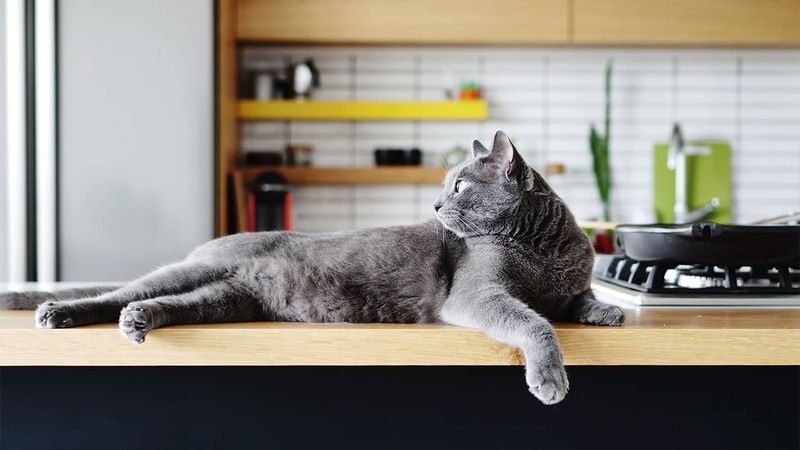
Cats detest the sticky sensation of double-sided tape on their paws. Applying some along the edges of your kitchen counter can be an effective deterrent. As your cat jumps up and encounters the unpleasant feel, they’ll quickly associate the counter with discomfort.
Choose a tape that’s sticky enough to deter but not harmful to their paws. You’ll likely notice fewer attempts to invade your space within days. This method works well because it’s safe, non-toxic, and doesn’t require constant supervision.
You might need to experiment with placement and tape strength to achieve the best results. Ensure the tape is visible, as visual cues often complement tactile deterrents. Over time, your cat will learn to avoid the counter, and you can reduce tape use gradually as the lesson sinks in.
3. Introduce Deterrent Sprays

Deterrent sprays can be a fantastic tool in training your cat to stay off the kitchen counter. Cats have sensitive noses, and certain scents can effectively keep them at bay. Opt for citrus or lavender sprays, as these are natural cat repellents.
Spray lightly around the counter surfaces, avoiding areas where food is prepared. The scent will linger, creating an invisible barrier that your cat is unlikely to cross. This method is particularly useful if you’re not home during the day to monitor their behavior.
Over time, your cat will associate the counter with these unpleasant scents, reducing their interest in jumping up. Regularly refresh the scent to maintain its effectiveness and keep your kitchen smelling pleasant. Adjust the frequency based on your cat’s response.
4. Create Distractions Elsewhere
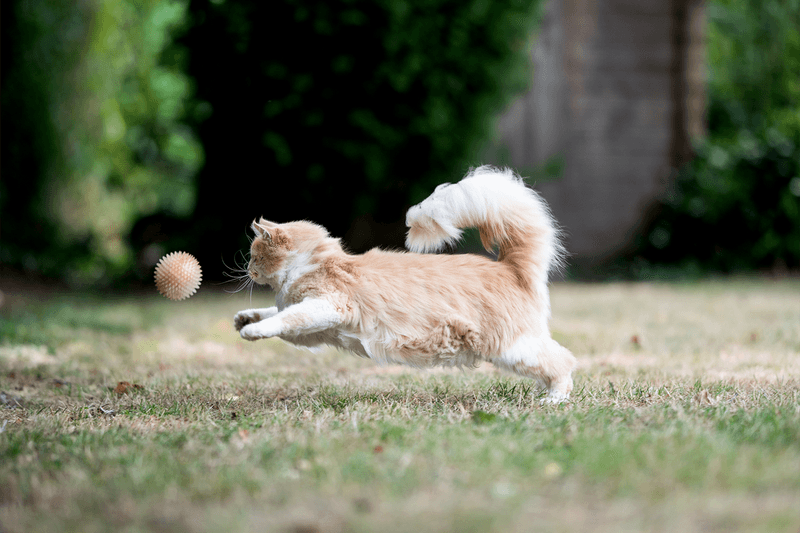
Keeping your cat entertained elsewhere is a proactive way to maintain a counter-free zone. By turning another room into a feline paradise, you can draw their attention away from your kitchen.
Set up engaging toys, such as puzzle feeders or laser pointers, to keep them occupied. Interactive playtime is essential; it not only channels their energy but also strengthens your bond. Rotate toys regularly to maintain their interest and prevent boredom.
Consider creating a cozy nook with warm blankets and a view of the outside world. Cats love napping in sunlit spots, and providing such a space can help deter them from seeking out the kitchen counter. The key is to make other areas more appealing, reducing their incentive to explore where they shouldn’t.
5. Train With Consistent Commands

Training your cat with consistent commands can be highly effective in keeping them off kitchen counters. Start by using a firm, calm voice whenever they approach or jump onto the counter. A simple “off” or “no” should suffice. Consistency is key; ensure everyone in your household uses the same command.
Reinforce this training with rewards. Positive reinforcement, like treats or praise, encourages them to follow commands. When your cat responds correctly, reward them immediately, linking the behavior with the treat.
Patience is essential, as cats may not respond immediately. Over time, however, they’ll understand that counters are off-limits. This approach not only keeps your counter clean but also fosters a respectful relationship between you and your feline friend.
6. Utilize Motion-Activated Devices
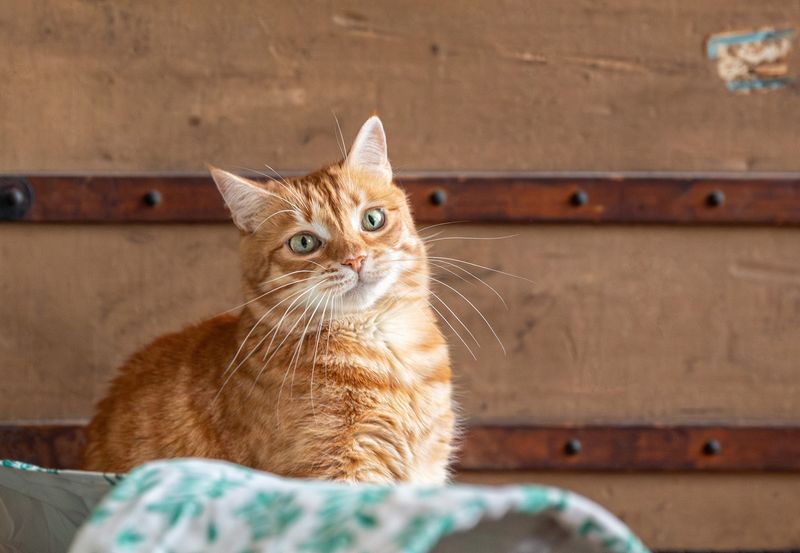
Technology can be your ally in keeping your cat off the kitchen counter. Motion-activated devices, like air puffers, emit a quick burst of air when they detect movement. This sudden sensation startles cats, discouraging them from returning.
Place these devices strategically around your kitchen, focusing on areas your cat frequently targets. The advantage of motion-activated deterrents is that they work even when you’re not present, providing round-the-clock protection.
Over time, your cat will learn to associate the counter with this startling sensation, reducing their attempts to explore. As your cat’s behavior adjusts, you can slowly reduce the use of these devices, maintaining your counter’s cat-free status with minimal effort.
7. Make Counters Uncomfortable
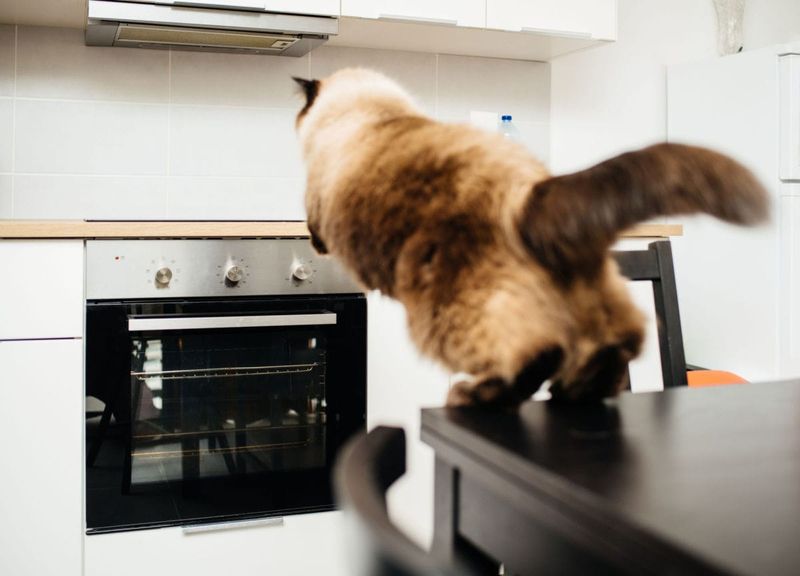
Making your kitchen counters uncomfortable for your cat can be a straightforward deterrent. Cats dislike certain textures, and materials like aluminum foil can deter them from stepping onto surfaces.
Cover the areas they frequent with crinkled foil. The noise and feel under their paws is unpleasant, causing them to avoid the counter. This method is easy to implement and doesn’t harm your surfaces.
Combine this approach with visual deterrents, like placing light obstacles or harmless items that sway, creating an unstable environment. Your cat will soon prefer the stability of the floor or other designated areas, leaving your counters clutter-free.
8. Offer Plenty Of Playtime

Ensuring your cat has ample playtime can significantly reduce their interest in the kitchen counter. Cats often jump onto counters out of boredom or in search of attention. By dedicating regular time to interact and play, you meet their social and physical needs.
Use interactive toys like feather wands or balls to engage them. These activities not only tire them out but also satisfy their hunting instincts. A well-exercised cat is less likely to seek kitchen adventures.
Establish a daily routine, as cats thrive on consistency. Scheduled play sessions help reduce anxiety and create a comforting sense of structure. This engagement makes your living space more harmonious and keeps counters free from curious paws.
9. Feed Your Cat On A Schedule

Feeding your cat on a strict schedule can redirect their focus from the kitchen counter. Cats are creatures of habit; regular feeding times reduce their need to scavenge for food.
Establish specific meal times and stick to them. This predictability helps manage their expectations and reduces their motivation to explore counters for snacks. Ensure the feeding area is distinct from the kitchen to further discourage counter surfing.
Provide balanced, nutritious meals to keep them satisfied longer. If your cat seems especially food-driven, consider dividing their daily portion into smaller, more frequent meals. This not only keeps them full but also provides multiple opportunities for interaction, strengthening your bond.
10. Remove Temptations
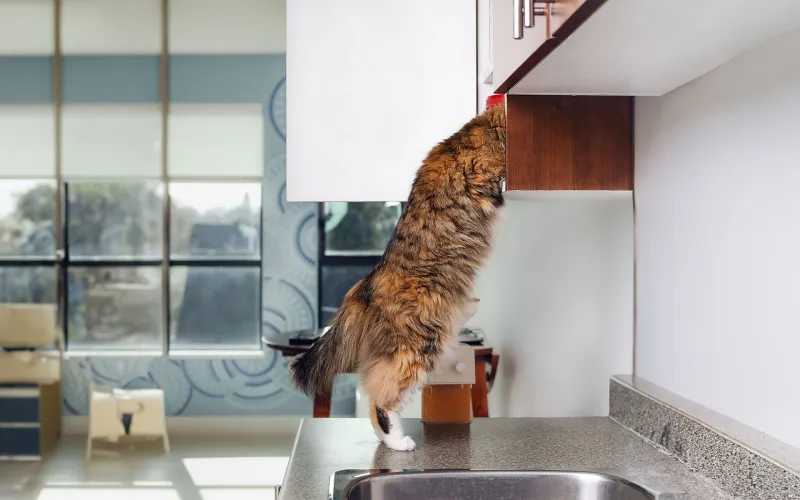
Keeping your kitchen counters free from temptations is an effective way to prevent your cat from exploring. Cats are naturally curious, and any food or intriguing objects left out can lure them in.
After meal preparation, clean surfaces thoroughly, ensuring no crumbs or traces are left behind. Store food in secure containers and place them in cabinets. This denies your cat any incentives to jump up.
In addition to food, remove any dangling objects or items that might catch their interest. By maintaining a minimalist approach to your counter space, you reduce the allure and make other areas more attractive for exploration. This strategy promotes harmony and cleanliness in your kitchen, ensuring it remains a cat-free zone.






